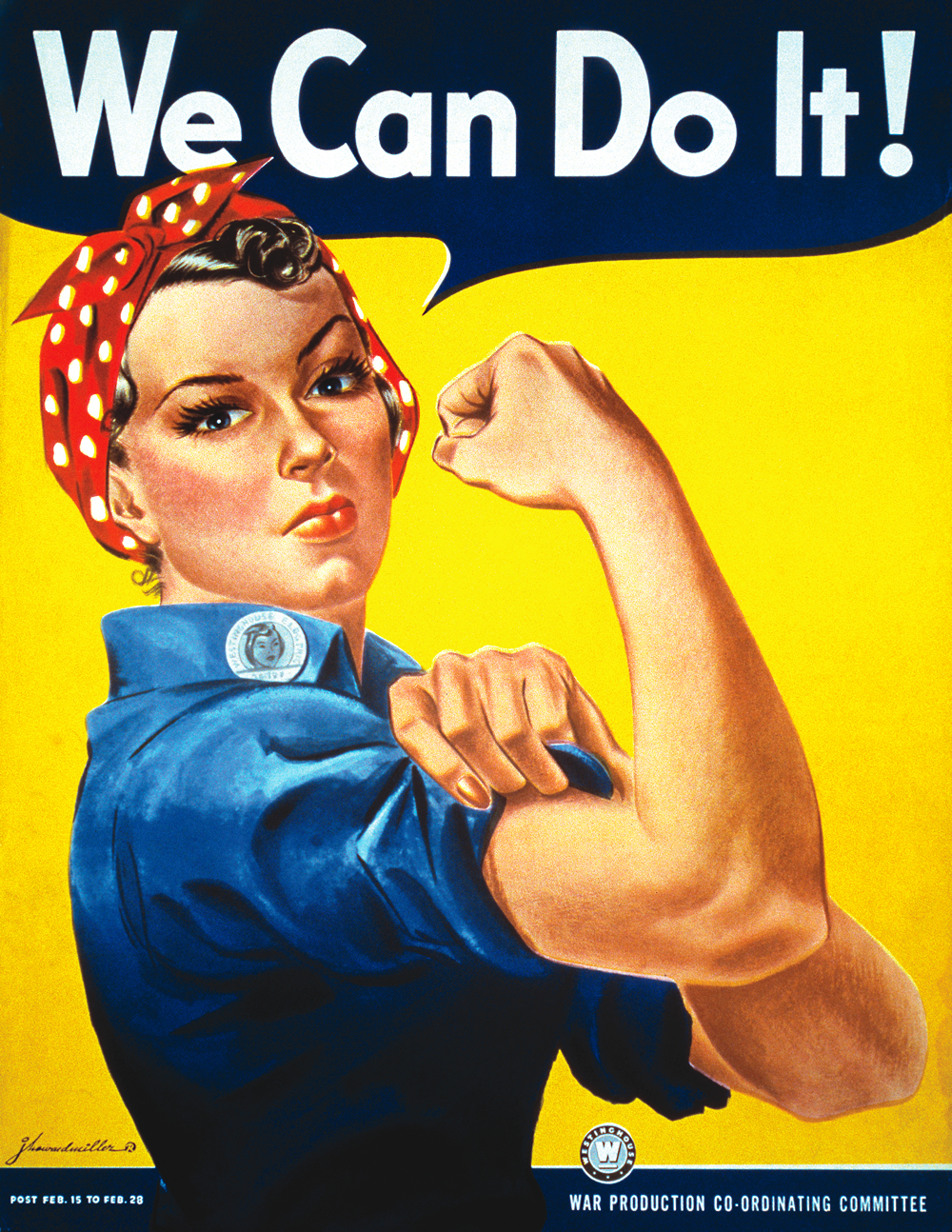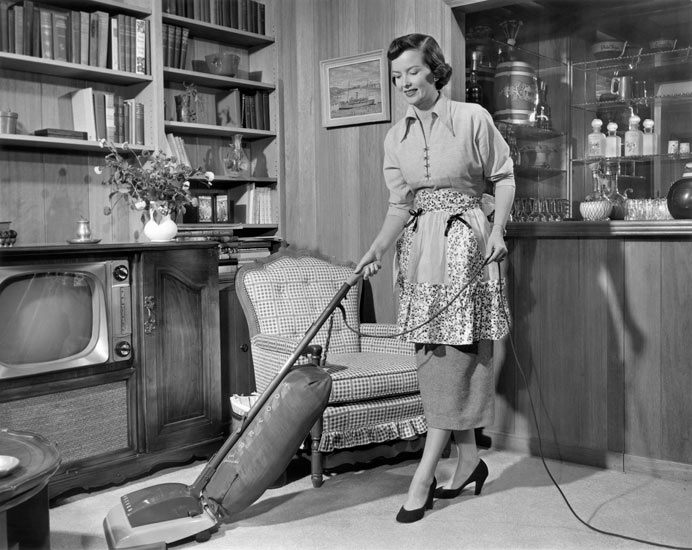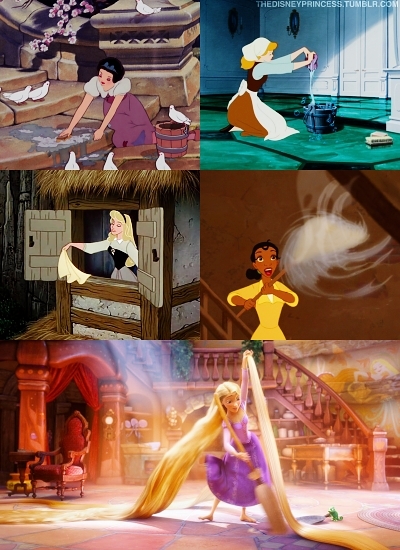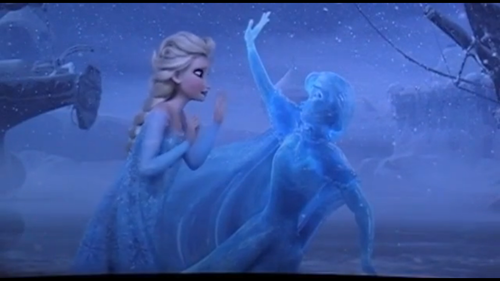Unbounded Faith in Fairy Lore,
Believing that in every case
They all lived Happy evermore.
Stranger than Fiction though we deem
The Truth, it does not follow, too,
That Fairy Tales, because they seem
Still Stranger, must be still more True.
Far be it from me to assail
The Truthfulness of Fairy Writ,
But let us take a Well-Known Tale
And see what really came of it."
So begins the preface to the fairy tale parody "The Fairy Godmother-in-law" by Oliver Herford, which continues after Cinderella and the Prince get married. (Full text of the poem can be read here). From 1905, it challenges the ideas of love at first sight and happily ever after, even going into the complications of the fairy godmother making herself too much at home in the castle afterwards.
One of the issues I come across when looking into fairy tales is not understanding the context in which they were written. It seems all the rage now to turn fairy tales "upside down"-turning heroes into villains and vice versa, and subverting the traditional stereotypes. In fact it can be difficult to find straight-up traditional fairy tales being created any more. Yet we seem to think this is a recent phenomenon, but questioning the old-fashioned ideals has been around for over a hundred years, as the above poem illustrates.
Take Disney for instance: so often people criticize the older Princess films for the passivity of the heroines, among other things. But on the other hand, as some people (including myself) have pointed out, when we consider the time period they were being made in (Snow White in the 30s, Cinderella and Sleeping Beauty in the 50s), it's really not surprising. The world, and gender expectations, were very different back then. Consider: the nineteenth amendment, which gave women the right to vote, wasn't ratified until 1920-only 17 years before Snow White.
Yet the world was not completely constrained by traditions, even in the early 20th century. Jack Zipes points out that, to contrast to Snow White and her passivity and innocence, Tex Avery's independent and sexually liberated Red Riding Hood appeared right around the same time. Yet, though this Red is not afraid of the Wolf and can take care of herself, Catherine Orenstein thinks (and I agree) that the overall message is still a backwards one-that women's value is found mainly in sexual appeal. Plus, the culture at large reacted in different ways. Children would have seen it when they went to the cinema, but parts of the film were censored, such as the wolf's lustful reactions to Red Rot Riding Hood performing.
The 1940s, the time of Rosie the Riveter and women patriotically leaving the home to do what was traditionally considered "men's work" for the sake of their country, interestingly produced no princess movies at Disney studios. In 1950 Cinderella made her appearance, followed by Sleeping Beauty in '56. The thing that is often hard for me to wrap my mind around is that, while some women did resent being reconfined to their homes after proving they could do other work, overall the country experienced a period where the ideal was traditional, domestic bliss. And really, I doubt if most of the women who worked in factories considered that to be their dream job, in addition to juggling raising kids as, essentially, single working moms. In a way it would have been nice to return to "normalcy".
When I think of the most stereotypical and least liberated view of marriage, I picture the 50s housewife (in fact, read this for a very interesting interview with a 50s housewife and her reflecting on that time. It's much more complex than just "good" or "bad".) But is it any surprise that, in a time where American women were told it was their duty to obey their husbands, taking care of house and children, and it was the normal and acceptable thing to do, that females from Hollywood continued in their similar roles?
I was raised on reruns of "I Love Lucy" and "The Dick Van Dyke Show". I still enjoy rewatching some of the Dick van Dyke episodes, but I was amazed to watch them later in life and see how they too promote the image that the wife should stay at home and obey her husband. Season 1, episode 5 of the Dick van Dyke show features a conflict in which somehow Rob's decision to go on a business trip or see his son in a school play turns into a debate between being independent or controlled by his wife, and it ends with him making a big speech about the man being the head of his household, to applause from the other businessmen in the airplane with him (this aired in 1961).
But even though it seems incredibly backwards from our perspective, Van Dyke was actually making progress. The Lucy Show, which ran in the 50s, features a housewife who wants to be a performer but is foolish and completely incapable, truly needing a grounding, stable husband to get her out of all of her ridiculous messes. The famous chocolate scene is part of an episode which basically says that women are foolish for ever wanting to work outside of the home.
At least Laura Petrie, the wife in Van Dyke, was a capable mother who was actually a very successful dancer before she got married. Although multiple episodes enforce certain stereotypes (women should still stay home and take care of the family, women are insatiably curious) she is shown as more of an equal partner to her husband and not essentially another child who can't do anything right. Mary Tyler Moore went on to play an even more independent, working, single woman in the next decade in the Mary Tyler Moore show.
The fact is, no matter how groundbreaking or progressive certain versions of fairy tales were in the first part of the century, from Oliver Herford in 1905 (who also did a parody of Sleeping Beauty, in which the Prince wants to be a poet but is so bad only he can put the Princess to sleep) to Tex Avery, to the collection of stories Peter Llewelyn Davies published in the 1934s, The Fairies Return-what most influences the public and our conception of fairy tales is what is mainstream. Blockbuster movies and best-selling books reach the majority and create a picture of our culture, and reveal what we most want to pay for.
After "Sleeping Beauty", Disney studios went a while without producing any Princess films or fairy tales until "Little Mermaid" in 1989. I personally dislike the messages in this movie more than any other Disney, especially given the context and the original source, however, "Beauty and the Beast" in '91 brought a whole new wave of more feminist Princesses. And really it's been in recent years that Hollywood and Disney have brought us something new-subverted fairy tales in mainstream media. We now have sword-weilding Snow Whites, romantic wolves, mystery-solving Grimm descendants, and a whole mashup of fairy tale characters living in Storybrooke and continually challenging our preconceptions of old plots and characters.
And now, we have a recent string of Disney movies that continue to push boundaries-not of fairy tales in general, but of mainstream fairy tales; versions that will make significant impacts on how people view and think of fairy tales. Maybe a kiss isn't the ultimate act of true love; maybe villains are more complex and sympathetic than we thought. (We'll have to wait and see what message comes across from "Into the Woods" after the edits).
Context is very complex. Though we can generalize a culture, obviously not everyone thought exactly the same way. I can try reading as much as possible about an era but it's still not the same understanding as someone who lived through it. There are also a lot of mainstream parodies I could have mentioned which are more of a stepping stone to thinking about fairy tales in new ways, but being comical tends to make the audience not take it as seriously and/or actually enforces traditional messages by implying that it's funny to think of fairy tales in any other way.
















It's funny, you mention not liking the message of The Little Mermaid, but that movie was lauded as being progressive at the time it was released. The reason being that Ariel actively sought out her prince rather than waiting for him to come to her.
ReplyDeleteMaybe it's my own male perspective, but I never dwelled much on how women in fairy tales were depicted. I figured that all the Snow Whites and Cinderellas actually had a sweet deal because they actually got to star in the story. Those princes on the other hand were little more than walking plot devices meant to tie up the story.
Huh-I wouldn't have thought about Little Mermaid being progressive for its time, but again, that's why I'm trying to learn more about the historical context! Amazing what a different culture we have just 25 years later...
DeleteI also was never initially bothered about women's roles in fairy tales, until I started researching the history of fairy tales. Even then I was almost defensive-and am still cautious not to define women doing housework as "offensive" as many feminists imply.
I still don't mind seeing females in passive roles, especially today when we have so many active female characters to balance them out. But it is shocking to see how many Victorian versions took away the freedom and initiative of the female characters.
I think that is is interesting to note that every generation will have its ideals of what society should or should not be like, and that's going to seem into the way we make any kind of adaptation. Personally, I love seeing fairy tales as that medium to portray our thoughts about society because there is so much room for interpretation, especially for the ones where the context cannot be easily discerned.
ReplyDeleteAdam YJ, you make a really interesting point. The women *were* the centerpieces of the story in those movies, even if we think they didn't do much. I think that it wasn't until Beauty and the Beast did the male love interest got some character development I mean, you could count Prince Eric if you wanted, but the Beast just took it up to a whole new level, to the point where it would be silly if love interests *weren't* developed.
Like the references to United States history and parallels with the movies during different time periods. It almost makes me wonder where we're headed next!
Absolutely-the study of fairy tales is basically also the study of history and social values, and it's fascinating!
DeleteAnd I was just listening to this podcast over at Tabled Fables: http://tabledfables.tumblr.com/post/90455208642/bonnieandmaude-55-min-we-talk
and she makes the same point; it's still significant that many fairy tales revolve around females, even if they don't behave in a way our culture completely approves of.
And it is exciting to think of what's in store for fairy tales-I'm especially hopeful that we can overcome the negative stereotypes!